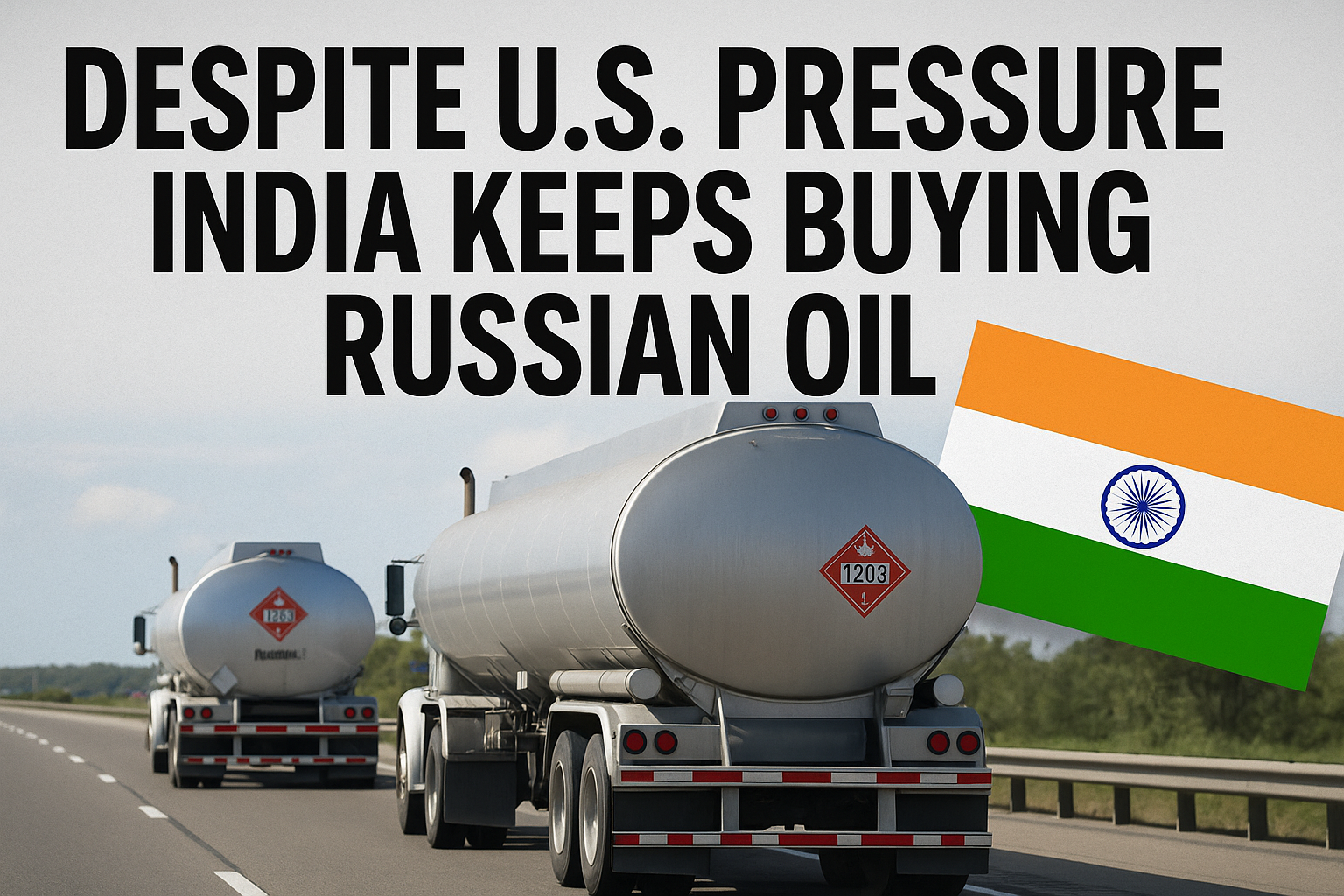
Even after the United States imposed a sharp 25% tariff on Indian exports and publicly criticized India for continuing to import oil from Russia, Indian refineries are not backing down. In fact, they seem to be doubling down. Key players like Indian Oil Corporation (IOC), Bharat Petroleum (BPCL), and Hindustan Petroleum (HPCL) are still buying Russian crude and they’re doing it at even better prices than before.
Sources familiar with the matter say that two new shipments of Russian oil arrived in India just days ago. Both were purchased at a discount of nearly $3 per barrel. This is an improvement compared to earlier deals, where the discount was about $1.70. Although global oil prices have dipped slightly due to improved supply conditions, Russian oil remains the cheapest and most reliable option for Indian refiners.
There’s no talk of slowing down. In fact, officials have said that oil marketing companies are already negotiating new deals for shipments arriving in September. “Refiners are planning ahead,” a person with knowledge of the matter explained. “Nobody is even considering pausing Russian imports.”
Back in 2022, at the height of Western sanctions on Russia, Indian refiners were able to buy Russian crude with a whopping discount of $30 per barrel. Those high discounts have gradually fallen, but even now, the deals are considered favorable, especially when compared to oil from other markets like Saudi Arabia, the U.S., or West Africa.
What’s more, this continued oil trade is happening in the shadow of rising diplomatic friction. On July 30, former U.S. President Donald Trump announced fresh tariffs on Indian goods, set to go into effect from August 7. The move is seen as a direct response to India's defense and energy ties with Russia. But India, the world's third-largest oil consumer, is staying focused on its energy needs.
Analysts say the overall supply of oil worldwide hasn’t tightened yet, despite the ongoing war in Ukraine. Russia still exports about 4.5 million barrels per day. If those flows were disrupted, prices could rise sharply, just like they did in early 2022. However, for now, markets appear stable. Prashant Vashisht, a senior expert from ICRA Ratings, said that if the current supply dynamics hold, prices should stay near their present levels, though a sudden shock could trigger an upward spike.
It’s also important to note that India is not breaking any rules. Russian oil is not under the same sanctions as Iranian or Venezuelan crude. Indian refiners are allowed to import it legally, as long as they stay within the global price cap of $60 per barrel. So far, they have followed that rule.
India’s approach highlights a sharp balancing act. It is navigating diplomatic pressure without compromising on domestic energy security. With nearly 85% of its crude needs met through imports, India cannot afford to be choosy. At the same time, buying discounted Russian oil saves the country billions in foreign exchange and helps keep inflation in check.
In the end, this isn’t just a story about oil. It’s about strategic choices. India is choosing pragmatism over politics, and it’s doing so with a cool head and a clear goal—energy security at the lowest possible cost.



.jpeg)


.jpeg)


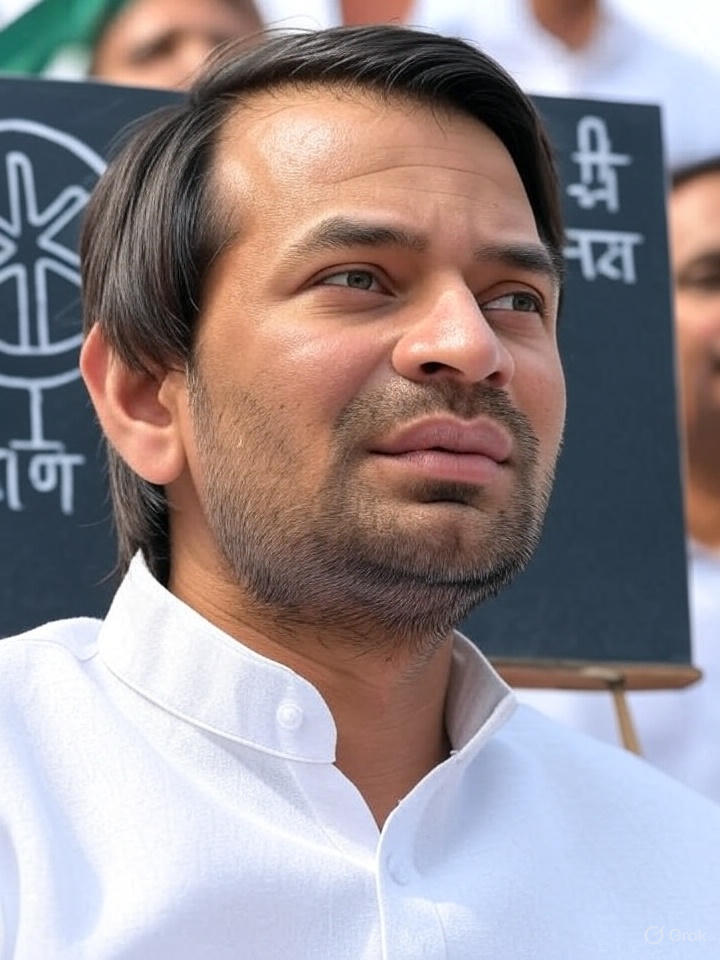
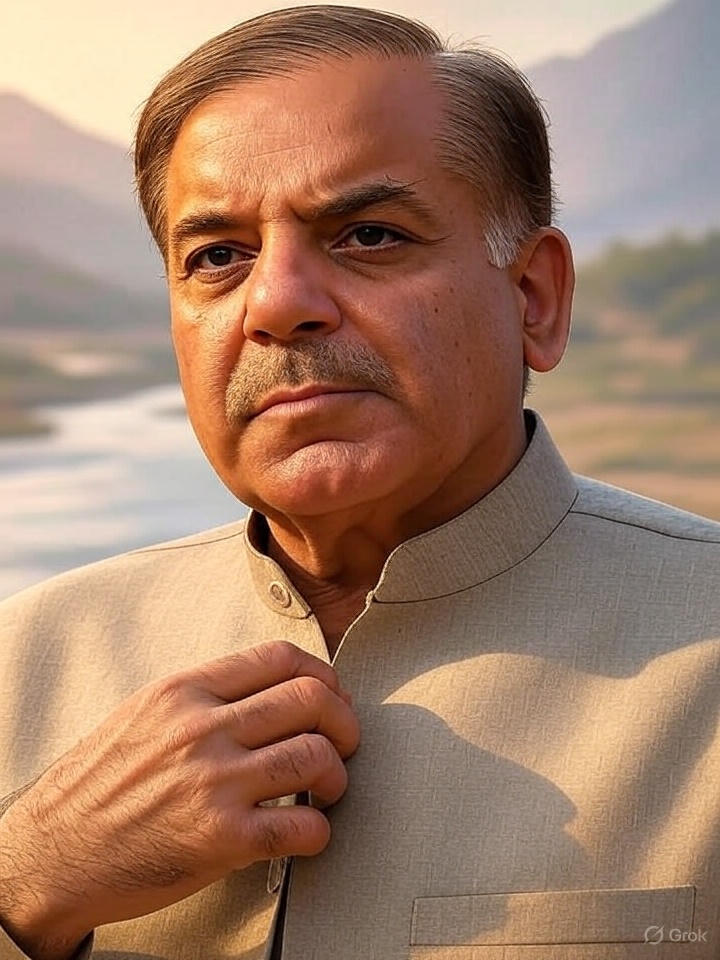
.jpeg)
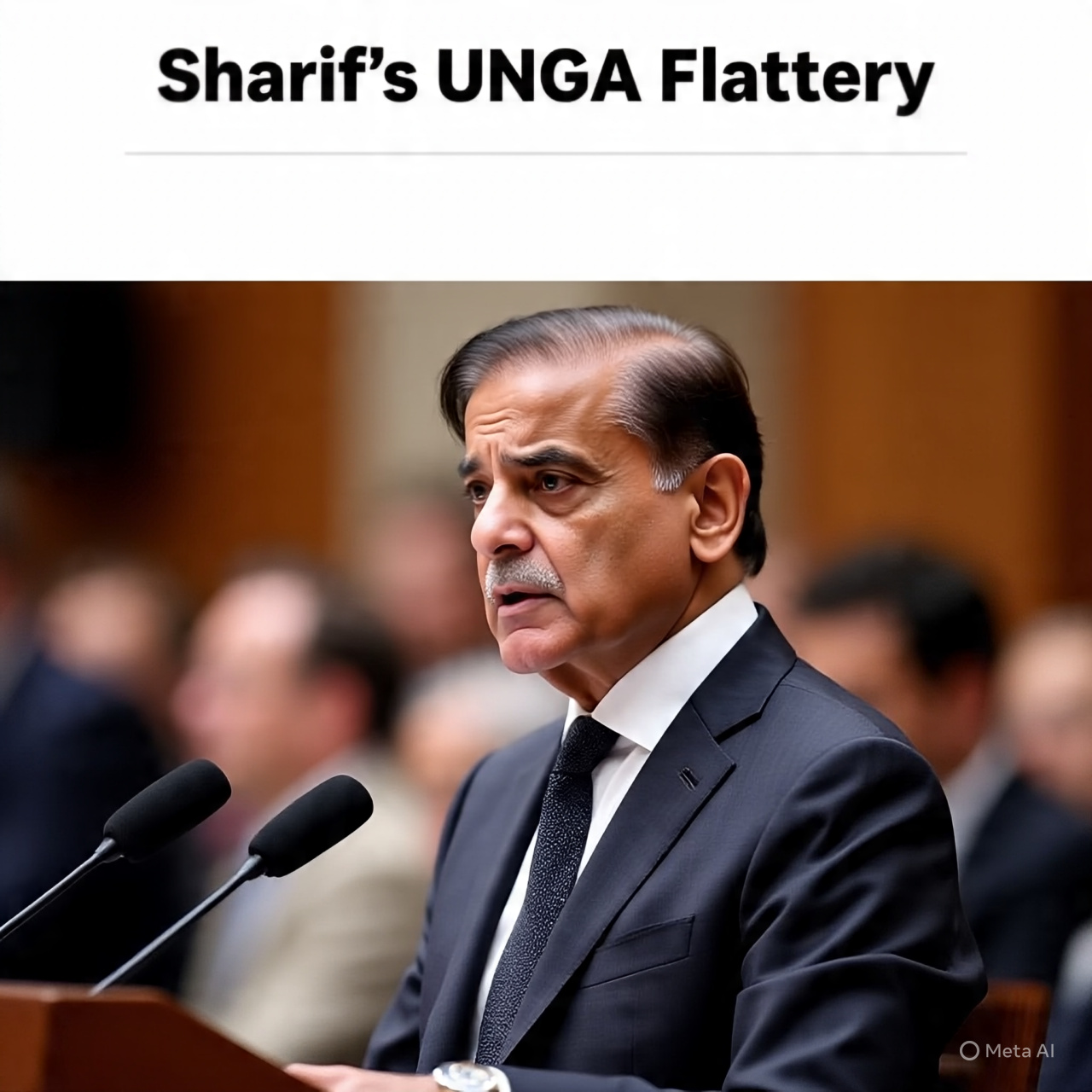
.jpeg)
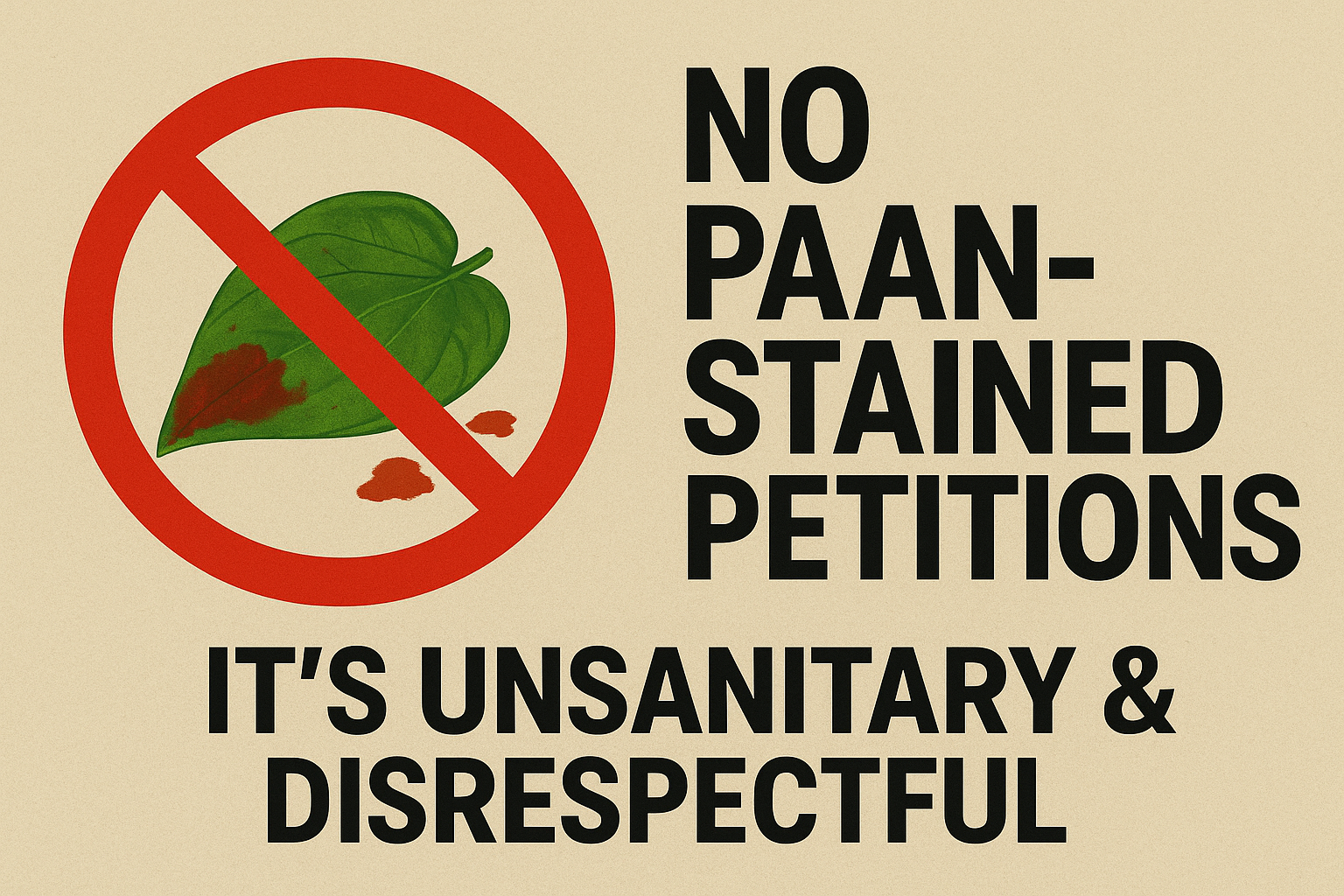

.jpeg)

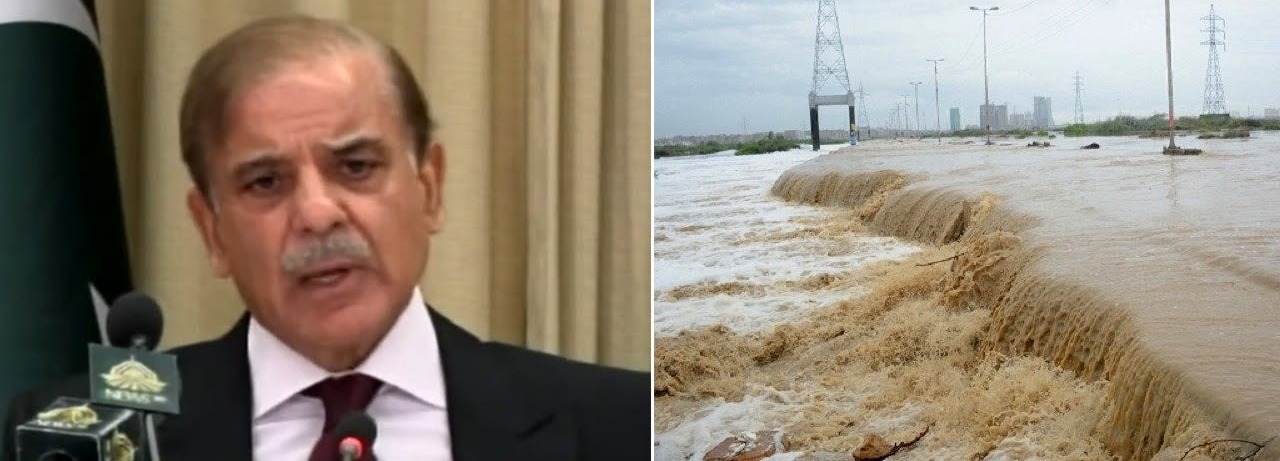
.jpeg)

.jpeg)